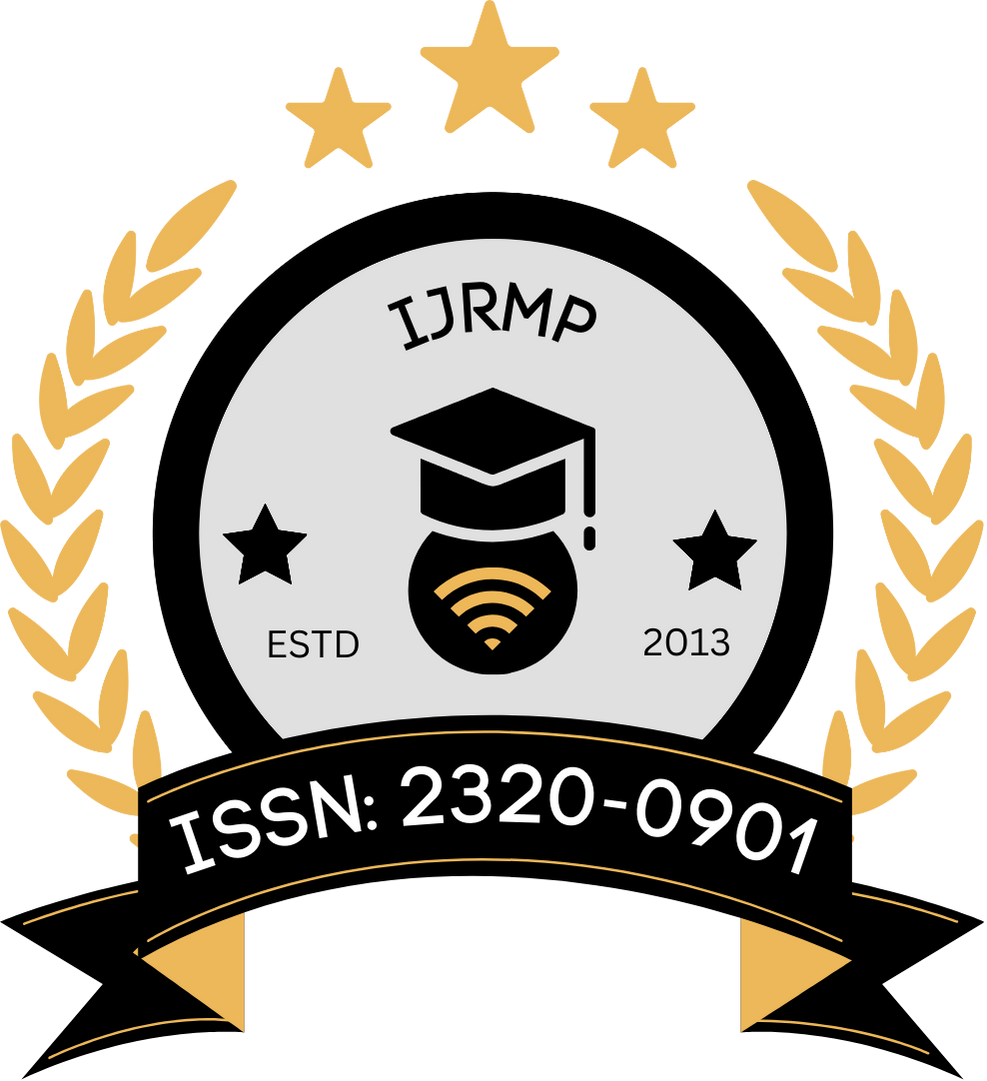![]()
Harsh Rajput
Independent Researcher
Greater Noida, India
Abstract
Pharmacy Benefit Management (PBM) plays a critical role in healthcare cost containment and drug utilization optimization. The integration of data-driven Decision Support Systems (DSS) has transformed PBM by facilitating evidence-based interventions, real-time decision-making, and streamlined administrative workflows. This study explores the impact and mechanisms of DSS in enhancing the operational, clinical, and financial outcomes of PBM services. The manuscript critically reviews key literature, assesses prevailing technological trends up to late 2018, and presents a conceptual methodology evaluating the implementation of DSS in PBMs. It was found that DSS adoption leads to improved formulary compliance, reduction in medication errors, and better patient outcomes. Through systematic data mining, predictive analytics, and real-time alerts, DSS empowers stakeholders to make cost-effective and clinically appropriate decisions. The literature also highlights barriers such as integration complexity, data interoperability challenges, and resistance to change among pharmacy stakeholders. The study concludes by affirming the transformative role of DSS in PBM, emphasizing its potential to reduce healthcare expenditures while elevating the quality of pharmaceutical care.
Keywords
Pharmacy Benefit Management (PBM); Decision Support Systems (DSS); Healthcare Analytics; Formulary Management; Drug Utilization Review; Cost Optimization; Data-Driven Decision Making.
References
- Bates, D. W., et al. (2003). “Effect of computerized physician order entry and a team intervention on prevention of serious medication errors.” JAMA, 289(3), 313–319.
- Evans, R. S., et al. (2004). “Development and evaluation of a computerized decision support system for antimicrobial therapy.” American Journal of Health-System Pharmacy, 61(9), 945–955.
- Hoadley, J. (2005). “The Medicare drug benefit: how good a deal?” Health Affairs, 24(Suppl1), W5-252.
- Kaushal, R., et al. (2007). “Electronic prescribing improves medication safety in community-based office practices.” Journal of General Internal Medicine, 22(4), 495–500.
- McMullin, S. T., et al. (2005). “Impact of an evidence-based computerized decision support system on primary care prescribing.” Journal of the American Medical Informatics Association, 12(4), 365–371.
- Simonaitis, L., et al. (2005). “Improving drug utilization with guidelines-based decision support.” American Medical Informatics Association Annual Symposium Proceedings, 2005, 706–710.
- Tung, M., et al. (2017). “Predictive modeling of medication non-adherence in a large healthcare organization.” BMC Health Services Research, 17(1), 1–8.
- Wang, S. J., & Biedermann, S. (2006). “Barriers to clinical decision support adoption: a systematic review.” AMIA Annual Symposium Proceedings, 2006, 865–869.
- Weitzman, E. R., et al. (2011). “Sharing medical data for health research: the early personal health record experience.” Journal of Medical Internet Research, 13(1), e14.
- Young, N. W., et al. (2005). “Formulary decision-making: using evidence-based medicine and decision support systems to improve outcomes.” Journal of Managed Care Pharmacy, 11(3), 217–224.
